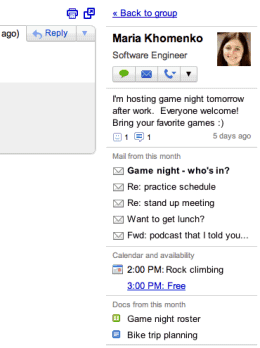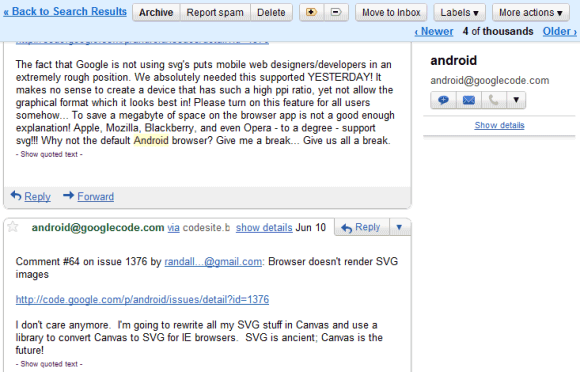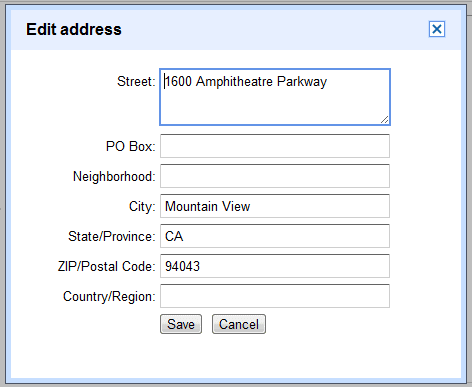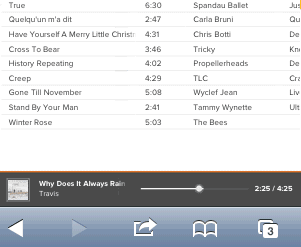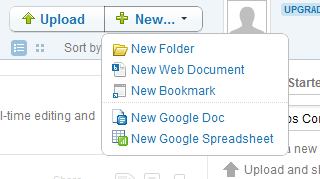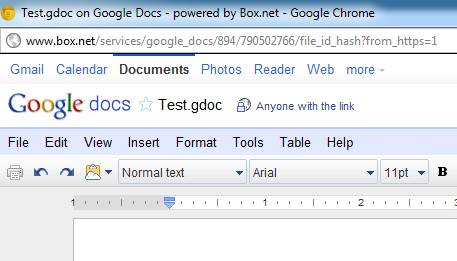Google revealed some details about the project that will make Google more social. It's called Google+ and it's an extension of the existing Google Profiles and Buzz, with many new features that make sharing more useful. Google's plan to compete with Facebook is to bring "the subtlety and substance of real-world interactions" to the Web.
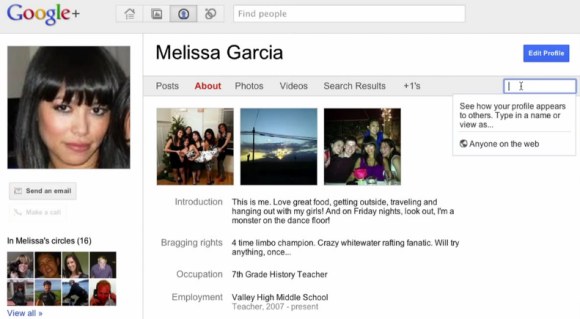
Google+ means "Google + You", so it's all about your friends, your photos and videos, your interests and your conversations. The service introduces circles, a way to group your friends and share content with the right people. "Today's online services turn friendship into fast food—wrapping everyone in 'friend' paper — and sharing really suffers. From close family to foodies, we found that people already use real-life circles to express themselves, and to share with precisely the right folks. So we did the only thing that made sense: we brought Circles to software. Just make a circle, add your people, and share what's new."
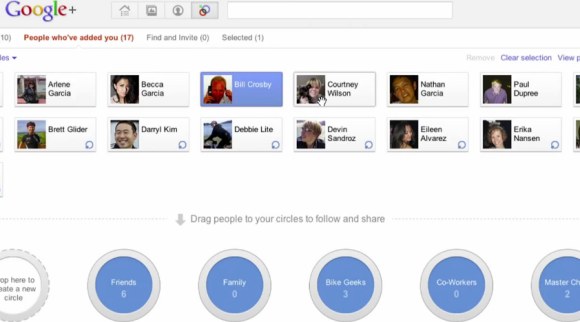
To help you share content with your "circles" of friends, Google added an app called Sparks that shows interesting new Web pages related to your interests. It's like a feed reader that has a list of tags instead of subscriptions, so it's much easier to set up. "The web, of course, is filled with great content — from timely articles to vibrant photos to funny videos. And great content can lead to great conversations. We noticed, however, that it's still too hard to find and share the things we care about— not without lots of work, and lots of noise. So, we built an online sharing engine called Sparks. Thanks to Google's web expertise, Sparks delivers a feed of highly contagious content from across the Internet. On any topic you want, in over 40 languages. Simply add your interests, and you'll always have something to watch, read and share."
Google+ also comes with an online video conferencing tool called Hangouts. It's just like Google Talk, except that you can add multiple people and they can join the "chat room" without being invited. "With Google+ we wanted to make on-screen gatherings fun, fluid and serendipitous, so we created Hangouts. By combining the casual meetup with live multi-person video, Hangouts lets you stop by when you're free, and spend time with your Circles," explains Google.
Google's social networks is also available on your mobile phone using a dedicated
Android app and an upcoming iPhone app. The mobile experience is all about location, photos and conversations. You can add your location to all your posts, share the photos from your phone's camera album immediately after they're created and chat with your friends using Huddle.
Google+ requires
an invitation, but you can't get one right now. "We're testing with a small number of people, but it won't be long before the Google+ project is ready for everyone," explains Google.
The black navigation bar that's tested right now in Google's search results pages is all about Google+. Here's how the navigation bar will look:
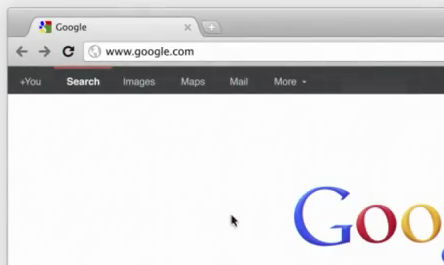
After years of
missing the value of social networking, Google tries to catch up with Facebook and show that it can still create amazing products. Google+ will be the first tab from Google's homepage and it will get a lot of exposure, but not many people associate Google with social products. Google will probably have to redesign many of its services and make Google+ a central part of the Google experience, which means that Google will change a lot in the coming months.
{ Thanks, Gorilla. }




